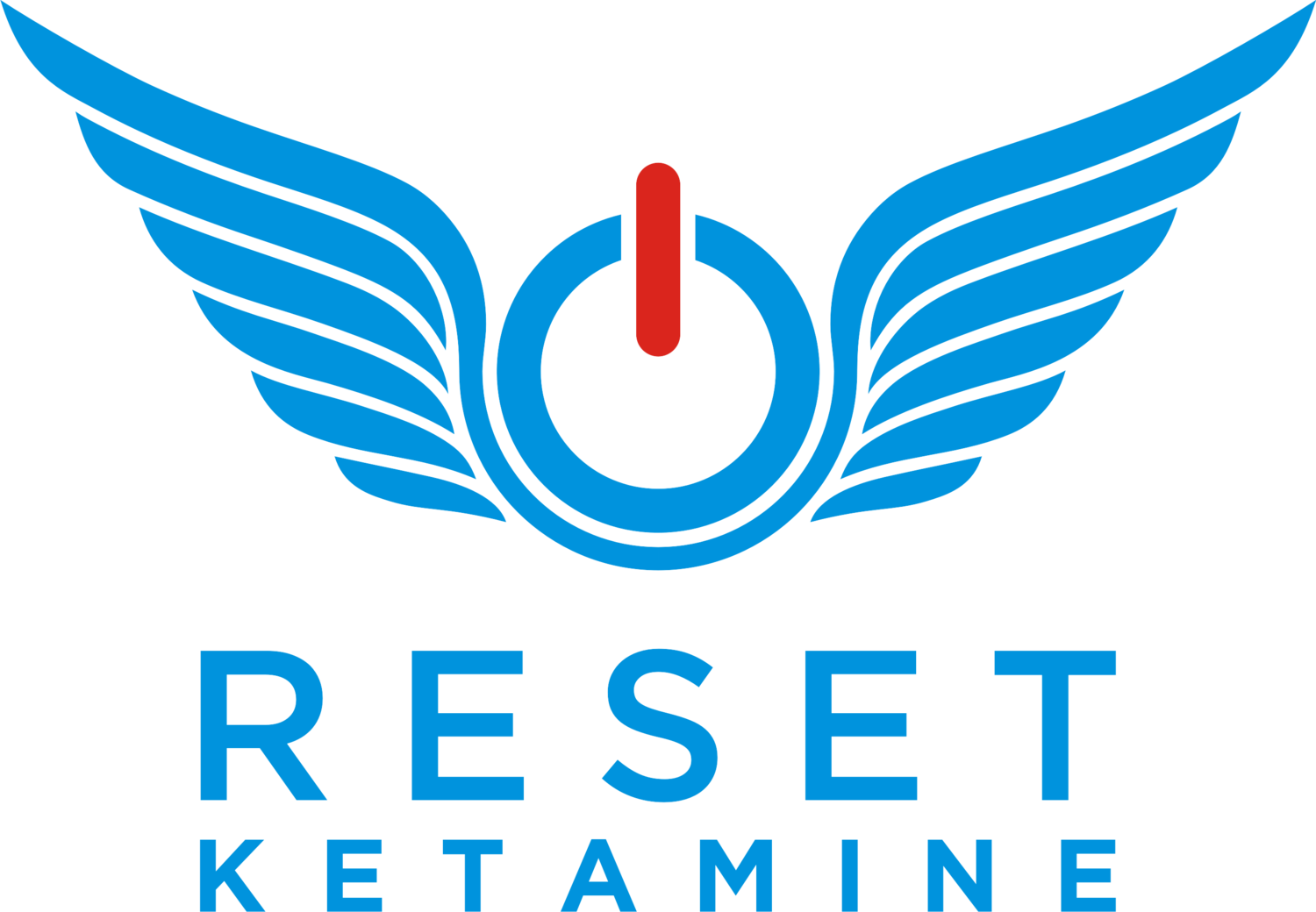In 2016, the Center for Disease Control (CDC) analyzed data from the National Health Interview Survey to investigate the prevalence of chronic pain in the United States. They found that an estimated 20.4% of U.S. adults (50 million people) had chronic pain. Additionally, “high-impact” (more severe, limiting) chronic pain was found in an estimated 8.0% of U.S. adults (19.6 million people).
Chronic pain affects people for months or even years on end before they find a reliable treatment. With IV ketamine treatments, they may find just the right solution.
The Answer to Chronic Pain: Ketamine Treatments
When people have certain types of chronic pain that are not easily manageable, intravenous (IV) ketamine treatment is an alternative, cutting-edge option to consider. For our chronic pain patients at Reset Ketamine, we implement treatments ranging from 80 minutes to 4 hours depending upon the patient’s clinical diagnosis. Additionally, we often increase the dose after each infusion in order to maximize the effect of ketamine as part of the patient’s tailored treatment plan.
However, as with any cutting-edge treatment, there remains a need for more research and analysis on the long-term effects of ketamine infusions on chronic pain. Published recently in July 2019, a meta-analysis was conducted where researchers collected data from multiple randomized control trials and evaluated the efficacy of ketamine infusions in patients with chronic pain (both neuropathic and non-neuropathic).
To read more about how ketamine works in treating depression, check out our blog post on Ketamine and Its Neuroplastic Effect on the Brain.
In this meta-analysis, Drs. Orhurhu and colleagues identified randomized control trials with human subjects that compared IV ketamine to placebo for chronic pain specifically (and excluded depression studies.) Patients 18 years of age or older were required to have either moderate or severe chronic pain for at least 3 months. Additionally, the follow-up period had to be 48 hours or more for the study to be included.
After combing over 696 studies, they found 7 randomized control trials that met the inclusion criteria. The studies included in this analysis had a total sample size of 211 patients, 108 for the ketamine groups and 103 in the control groups. Of note, according to the researchers, “all studies except one were at high risk of bias.”
Three of the 7 studies indicated there was a “significant analgesic benefit favoring ketamine,” meaning they noticed an improvement in patients’ pain with ketamine. This meta-analysis also found a positive effect on pain reduction for up to 2 weeks after the ketamine infusions. Overall, the patients who had a proportionally better outcome from the ketamine were greater than that of the placebo group.
For the purposes of this analysis, all of the chosen studies were put into two broad categories: high-dose and low-dose, which was based on the “cumulative amount of ketamine administered in each study.” This cumulative amount was based on an assumed 70-kg patient weight multiplied by the infusion rate and duration (mg/kg/min). In this instance, a “high-dose group” was defined as a ≥400 mg cumulative ketamine dose, and the “low-dose group” was <400 mg.
Ketamine treatments are found to have helped patients equally regardless of their pain types or condition. However, relying on the treatment alone is not enough on the road to complete recovery.
Ketamine’s Efficacy to Chronic Pain
Apparently, there was no difference between pain types or pain conditions when it came to the measured efficacy of the ketamine infusions. In other words, ketamine helped patients equally regardless of what pain condition or type of pain they had. In the studies that utilized the higher doses of ketamine, “a small but non-significant greater reduction in pain scores was found.” This is also counting the studies that included patients with complex regional pain syndrome (CRPS/RSD).
Overall, researchers found evidence that suggested IV ketamine treatments are significantly beneficial in the short-term in those with chronic and/or unmanageable pain. There is some evidence of a dose-response relationship as well. However, this reduction in pain was mostly significant between 48 hours and 2-8 weeks after initial treatment. It would be worth looking into the option of “booster shots” when choosing a ketamine clinic.
To find out more about why intravenous ketamine is the best route, read our blog post here.
While this study helps support the use of ketamine for chronic pain there are a few other factors to consider. For example, how does incorporating changes in diet, increasing exercise, mindfulness, and positive relationships in conjunction with ketamine affect pain control? Further long-term and larger studies will be needed to explore this.
You Play a Part in Your Treatment
Here at Reset Ketamine, while we wait for these future studies to be published (and who knows if they will!), we take a holistic approach in treating your chronic pain. We highly encourage meditation, healthier diets, increasing exercise, and creating a change in perspective to the relationship one has to their pain. Combined with a biopsychosocialspiritual model and ketamine infusions, this allow our patients to experience less pain and more personal growth!














Explore the transformative journey of ketamine therapy beyond the treatment room; emphasizing the critical importance of applying insights and making tangible changes in your life.